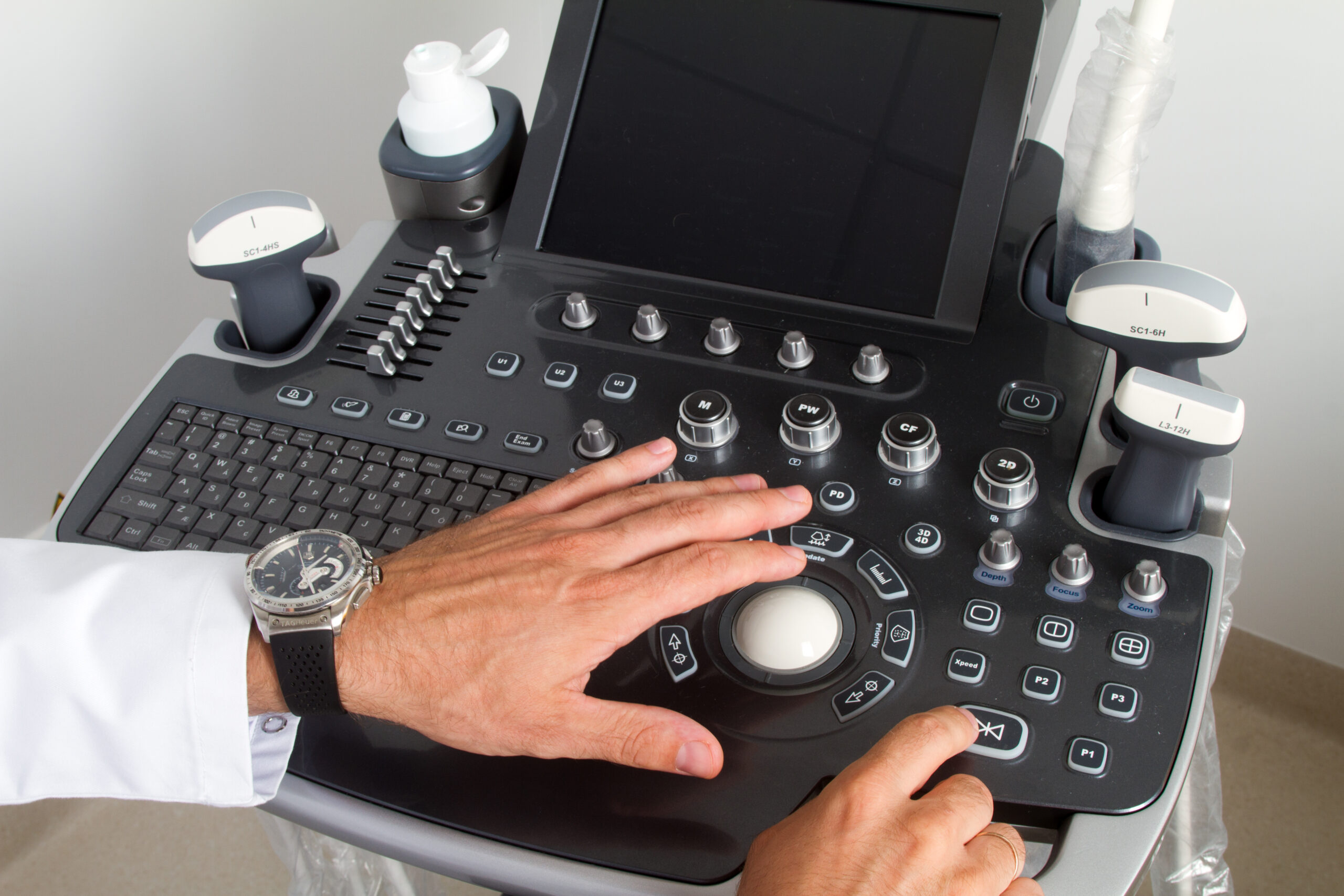Prostatitis, an often painful inflammatory condition of the prostate, affects many men at various stages of their lives. In order to effectively treat the prostate and achieve better results, it is very important to understand the importance of early detection and treatment of prostatitis.
Recognizing symptoms
Prostatitis can present with a variety of symptoms that vary depending on the type. Acute bacterial prostatitis often starts suddenly and can present with symptoms such as fever, chills, and urinary tract problems such as painful urination. Chronic bacterial prostatitis may have similar but milder symptoms and may recur. The symptomatology of non-bacterial prostatitis, also known as chronic pelvic pain syndrome, is more subtle and is often characterized by chronic pelvic pain, discomfort during urination, and difficulty ejaculating.
It is very important to recognize these symptoms early. The longer prostatitis goes untreated, the greater the risk of complications such as chronic pain and urination problems that can severely affect quality of life.
See a doctor: The first step to recovery
If symptoms are noticed, it is necessary to consult a doctor. A health care professional will usually perform a thorough examination, which may include a digital rectal exam, urine, blood, and possibly prostate secretions. This initial evaluation is a very important step in ensuring an accurate diagnosis, which is the basis for effective treatment of prostatitis.
Treatment is tailored to the type
Treatment of prostatitis varies depending on the type and severity of the condition. In acute bacterial prostatitis, the main treatment is antibiotics. They are often effective and can provide quick relief of symptoms. However, it is very important that patients finish the full course of antibiotics to prevent disease recurrence or resistance.
Chronic bacterial prostatitis may require a longer course of antibiotics. In some cases, additional treatment such as anti-inflammatory drugs, alpha-blockers or even surgery may be necessary, especially if complications such as urinary retention occur.
Treatment for nonbacterial prostatitis is more varied and may include a combination of medications, physical therapy, lifestyle changes, and sometimes counseling or stress management techniques. This type of prostatitis can be particularly challenging, so a multidisciplinary approach is often most effective.
The importance of individual care
Each case is unique, so prostatitis treatment and its plans should be individualized. What works for one person may not work for another. This personalized approach ensures that treatment is tailored to each patient’s specific needs and circumstances, increasing the likelihood of successful treatment and recovery.
Lifestyle adjustment
In addition to medical treatment, lifestyle adjustments can play a very important role in the treatment of prostatitis. Dietary changes, such as increasing water intake, avoiding spicy foods, caffeine, and alcohol, may help relieve symptoms. Regular exercise, especially activities that reduce stress and improve pelvic floor strength, can also be helpful.
The role of ongoing monitoring and support
Continuous monitoring and support is very important in the treatment of prostatitis. Regular follow-up by your health care provider ensures that your treatment plan remains effective and allows for adjustments as needed. Support groups or counseling may also be helpful, especially for those with chronic prostatitis, which can affect mental health.
Final thoughts
In conclusion, early treatment and detection of prostatitis is very important. Prompt recognition of symptoms, timely referral to a physician, and adherence to an individualized treatment plan can significantly improve outcomes. By understanding the importance of early intervention and the various treatment options available, individuals can take an active role in managing this disease, which will ultimately lead to improved health and quality of life.
Uzsak.
#Early #detection #treatment #prostatitis #important
– 2024-04-14 00:35:55


